Mosque Name: Jami’ Uqba Ibn Nafi & the Great Mosque of Kairouan
Country: Tunisia
City: Kairouan
Year of construction (AH): 221 AH
Year of construction (AD): 836 AD
GPS: 35°40’54.16”N 10° 6’13.75”E
ArchNet: http://archnet.org/sites/3763
Gibson Classification: Parallel
Rebuilt facing Mecca: never
For a Link to the Qibla Tool Click Here
Description:
The Great Mosque of Kairouan is also known as the Uqba Ibn Nafi’ Mosque. As it stands today, this mosque was built by the Aghlabid governor of Kairouan, Ziyadat Allah, between 817 and 838 AD. He erected the building on the site of an older mosque, originally constructed by ’Uqba ibn Nafi at the time of the 670 AD Arab conquest of North Africa. Although the current mosque retains virtually no trace of the original seventh-century building, it is still often referred to as “Mosque of Sidi ’Uqba,” or “Mosque of ’Uqba Ibn Nafi.” Historically, it has been accorded great significance as the first mosque in the first town of Islam in the West. This mosque also faces 60 degrees south of East. As with the other mosques of North Africa, the qibla of this mosque is parallel to a line drawn between Petra and Mecca.
Learn more about the mosques of North Africa in this video: Click Here

The mosque faces south east as do many early mosques in North Africa. Learn why by clicking the link above.
Ibn ʿIdhārī al-Marrākushī in his al-Bayān al-Mughrib:
“ʿUqba began the building of Qayrawān in year 51⁄671 (possibly 50⁄670-71). His companions feared that the place might be full of wild animals, snakes and other vermin. In his army there were eighteen Companions of the Prophet (ṣaḥāba), while the rest were tābiʿiyyūn. ʿUqba, prayed with his companions and declaimed: “Snakes and wild animals, we are the companions of God’s Messenger. Get away from us. We are going to settle here. From this moment, if we find any wild animal, we will kill it”. Snakes and vermin left the place immediately and took with them their young. During forty years not a single snake, scorpion or any wild animal was seen there.
“ʿUqba determined the limits of the great mosque. His companions disagreed on the direction of the qibla and they remarked that all the inhabitants of the Maghrib were going to orient their mosques in agreement with the qibla of Qayrawān. This was why it was demanded from ʿUqba to make a serious effort (juhd) in order to determine it with precision.
During a few days they made observations (yanẓurūna) of the winter and summer risings of the Sun, as well as of risings of stars (nujūm) and the risings of the sun. Byt when ʿUqba saw their disagreement, he went to sleep worried, after praying and asking for God’s help. He dreamt that somebody was telling him: “At sunrise, take a flag and place it over your neck. You will hear, in front of you, a takbīr, which no other Muslim will be able to hear. Consider the place in which you will no longer hear the takbīr: this will be your qibla and your miḥrāb”.
When he woke up, he felt nervous. He washed himself for his prayers and began to pray in the mosque with his most important companions. At sunrise, he prayed two rakʿas468 together with the Muslims and began to hear the takbīr in front of him. He asked his comrades whether they could hear it and the answer was no. He then took the flag, put it on top of his neck and followed the takbīr until he reached the place of the miḥrāb, where the sound was interrupted. He planted his flag in the ground and said: “This is your miḥrāb.” The other mosques of the city followed this model.
Source: Ibn ʿIdhārī al-Marrākushī in his al-Bayān al-Mughrib
The mosque was demolished, with the only exception of the miḥrāb, in year 84/ 703 by Ḥassān b. al-Nuʿmān al-Gassānī, who rebuilt it later. According to al-Bakrī, Ziyādat Allāh b. Ibrāhīm, emir of Ifrīqiya, rebuilt the building again, after demolishing a good part of it in 221⁄836 and planned to destroy the miḥrāb so that his name was the only one related to the building, although he finally limited himself to covering ʿUqba’s miḥrāb under a new marble structure: the old miḥrāb is still visible

Dan Gibson called these south-east Qiblas Parallel, as they are parallel to a line drawn between Petra and Mecca.


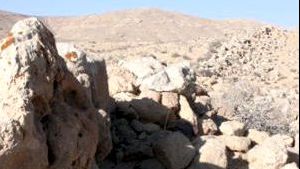


















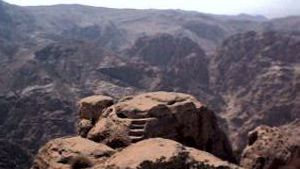



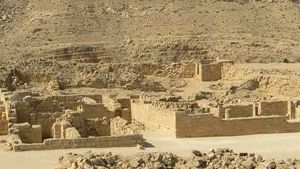



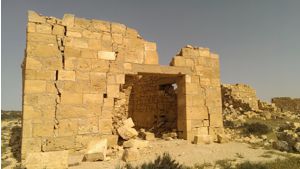









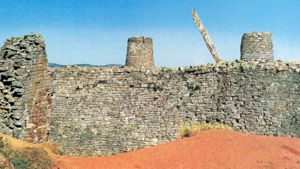

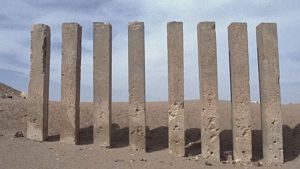
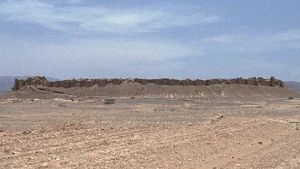













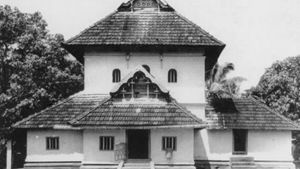



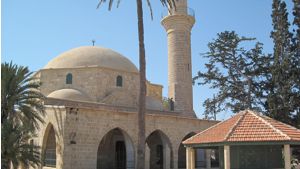







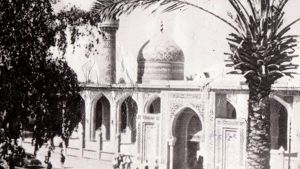

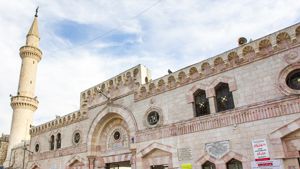






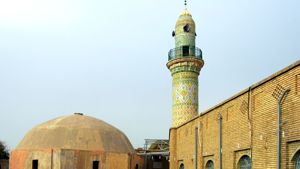
















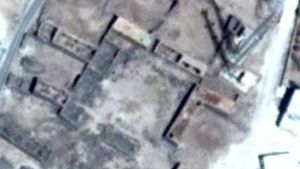

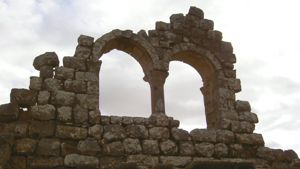











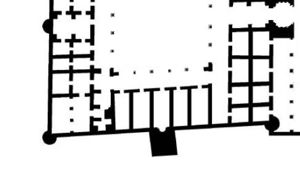


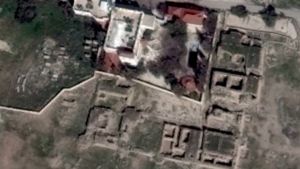


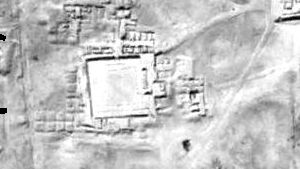

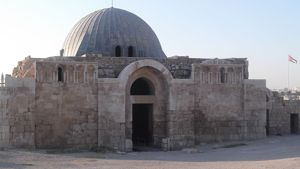


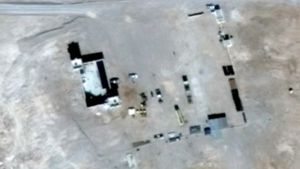







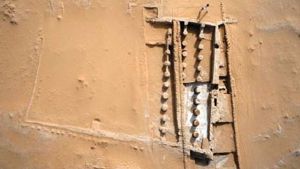














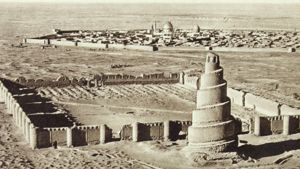




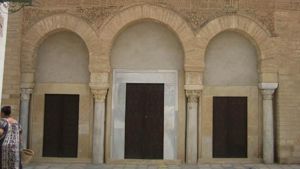







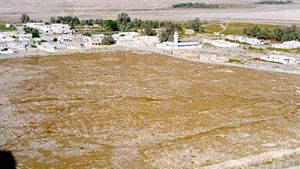











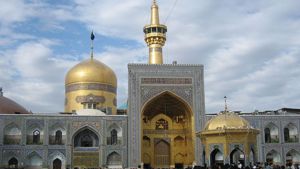













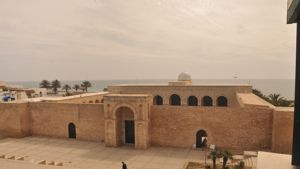










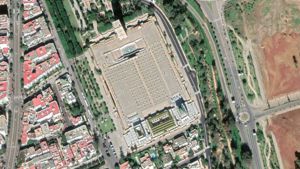



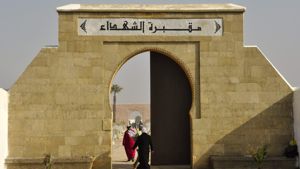








Page Discussion
Membership is required to comment. Membership is free of charge and available to everyone over the age of 16. Just click SignUp, or make a comment below. You will need a user name and a password. The system will automatically send a code to your email address. It should arrive in a few minutes. Enter the code, and you are finished.
Members who post adverts or use inappropriate language or make disrespectful comments will have their membership removed and be barred from the site. By becoming a member you agree to our Terms of Use and our Privacy, Cookies & Ad Policies. Remember that we will never, under any circumstances, sell or give your email address or private information to anyone unless required by law. Please keep your comments on topic. Thanks!